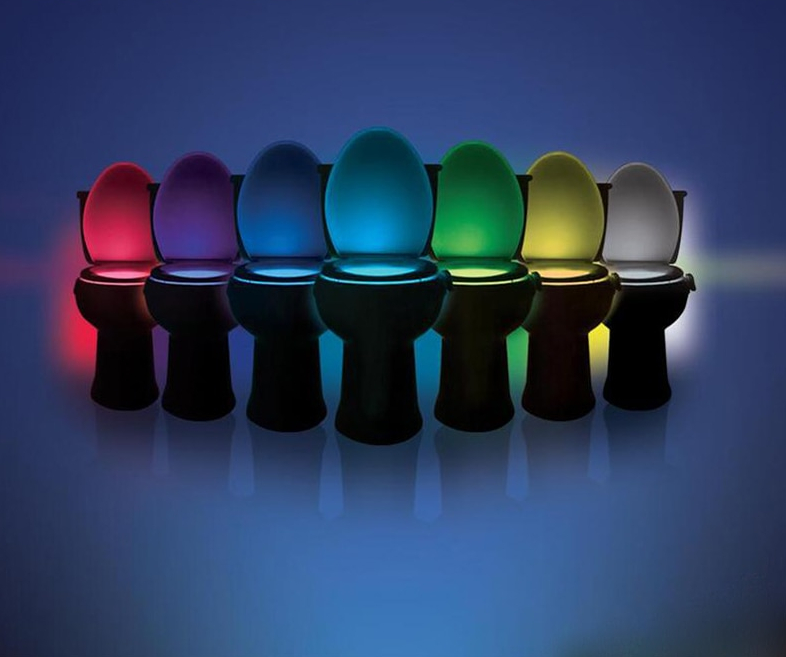The Impact and Influence of TikTok Ads
In the ever-evolving world of digital advertising, TikTok has emerged as a powerful force, captivating both advertisers and users alike. This short-form video-sharing platform has completely transformed the way content is produced and consumed, making waves in the advertising industry. By offering a unique format, TikTok has opened up new doors for advertisers to connect with their target audience, providing endless opportunities to design captivating campaigns that leave a lasting impression. In this essay, we delve into the profound impact and influence of TikTok ads, exploring how they have reshaped the advertising landscape and considering the implications they hold for the future. Let’s begin by tracing the meteoric rise of TikTok ads, tracing back to its inception in 2016. This skyrocketing platform swiftly became a global sensation, drawing in a particularly youthful audience. The app’s core focus on bite-sized videos paired with catchy tunes has fostered a massive user base actively engaged in content creation and interaction.
After its 2016 launch, TikTok quickly gained popularity across the globe, especially among younger age groups. The app has been able to develop a sizable user base that actively participates in content creation and engagement thanks to its focus on short, captivating films set to music. TikTok took advantage of this success and included advertising as a strategy to finance the platform while preserving the enticing user experience.
TikTok advertisements come in a variety of forms, including as in-feed advertisements, brand takeovers, sponsored challenges, and more. When users first launch the app, brand takeovers provide advertisers the opportunity to temporarily take over the screen. Sponsored challenges urge people to engage with a certain subject.
TikTok advertisements have changed the conventional advertising environment in a number of ways since their introduction.
TikTok’s short-form video format forces advertisers to cram their message into a limited amount of time, encouraging creativity and innovation in ad design. Brands need to grab users’ attention right away, which necessitates the creation of visually appealing and attention-grabbing content.
User engagement:
TikTok’s entertaining platform promotes user involvement and engagement. user-generated material can be sparked by brands’ attractive advertisements, amplifying their message and establishing a sense of community around their products.
Democratization of Advertising: 
Rather than relying on advertising dollars, TikTok’s algorithm promotes content according on user preferences. This has made it possible for smaller firms and producers to achieve popularity and exposure without having to spend a lot of money on advertising.
In conclusion, TikTok ads have made a remarkable impact on the advertising landscape by challenging conventions and fostering creative engagement with users. They have redefined how brands connect with their audience, emphasizing authenticity, creativity, and relatability. With their ability to influence consumer behavior and their potential to shape future advertising trends, TikTok ads stand as a testament to the evolving nature of digital advertising in an increasingly interconnected world.
Leave a comment